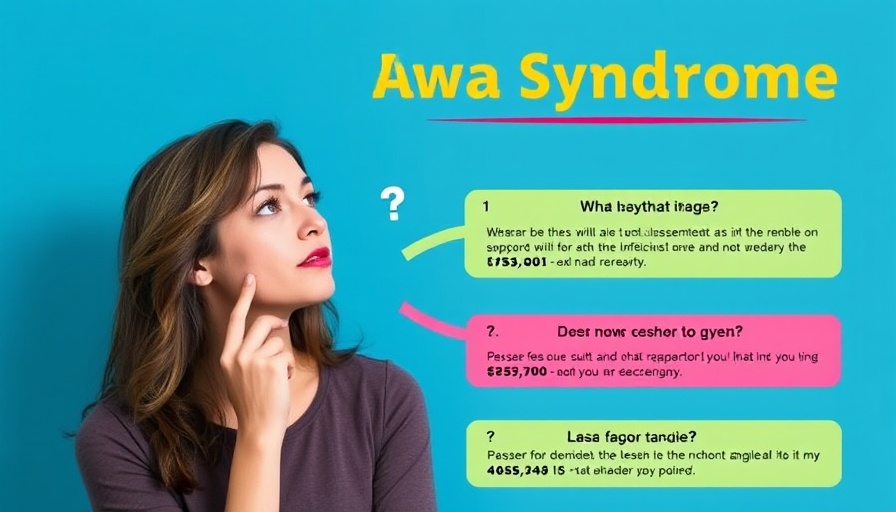
Understanding Neurodiversity in Relationships
As educators and leaders, recognizing the nuances of neurodiversity can enrich our understanding of interpersonal relationships and dynamics. Neurodiversity encompasses a range of naturally occurring variations in the human brain, affecting how individuals experience the world, communicate, and interact. For many, such variations may lead to a unique perspective that facilitates deeper connection and understanding. This was particularly true for Michael and Elise, a couple whose journey exemplifies the beauty and challenges of navigating a neurodiverse relationship.
How Michael and Elise Embraced Their Differences
Michael identifies as autistic, while Elise is neurotypical. Their relationship journey, though filled with challenges, reveals powerful insights into how two different ways of processing the world can harmoniously coexist. They learned to communicate effectively by understanding each other’s strengths and requirements, changing the narrative from one of blame or misunderstanding, to one of empathy and collaboration.
Building Bridges: Effective Communication Strategies
For neurodiverse couples, communication might not come as naturally as it does for others. Michael and Elise developed strategies tailored to their needs. They engaged in 'active listening,' where they both took turns sharing their feelings without interruptions. This technique not only made them feel heard but also fostered an environment of trust. By valuing each other's perspectives, they turned potential conflicts into opportunities for growth.
The Power of Acceptance and Emotional Support
Acceptance plays a crucial role in the success of neurodiverse relationships. Michael and Elise openly acknowledged their differences but also emphasized their shared goals and vision for their future. By developing an emotional support system that includes friends and family who understand their dynamic, they have created a nurturing environment. This community not only reinforces their bond but serves as a valuable resource when challenges arise.
Diving Into Strengths-Based Approaches
As teachers and educational leaders, you may already be familiar with strengths-based approaches. Applying this method within neurodiverse relationships can yield remarkable results. Instead of focusing on deficits, Michael and Elise have sought to embrace their unique strengths—whether it be Michael’s attention to detail or Elise’s creativity in problem-solving. This shift has allowed them to build an empowering partnership, where both individuals thrive.
Awareness of Cultural Contexts and Challenges
Understanding that cultural contexts play a significant role in shaping perceptions of neurodiversity is essential. Many communities still hold misconceptions or stigma around neurological variation, which can affect relationships. By fostering awareness in educational settings, we can cultivate inclusive practices that help individuals feel valued and understood, laying a foundation for healthier relationships.
Future Insights: Encouraging More Conversations
Moving forward, opening up conversations about neurodiversity in classrooms and organizations is vital. This not only helps in understanding the dynamics within relationships like that of Michael and Elise but also prepares students and leaders to embrace diversity in all forms. Workshops, discussions, and open forums can act as platforms to empower voices that often go unheard, fostering an inclusive culture that values everyone's unique contributions.
Join the Movement for Inclusion!
If you're passionate about strengths-based education and neurodiversity, consider hosting a workshop or discussion at your school or organization. This will not only help raise awareness but also build a supportive community for those navigating similar journeys. Emphasizing the positive impact of inclusion and understanding can transform lives, one relationship at a time.
 Add Row
Add Row  Add
Add 




Write A Comment